Guide to the Guiding Principles Easy Read
We want to know what you think
Australia’s Disability Strategy 2021–2031
Our guiding principles
An Easy Read paper

How to use this paper
 |
The Australian Government Department of Social Services (DSS) wrote this paper.
When you see the word ‘we’, it means DSS. |
 |
We wrote this paper in an easy to read way.
We use pictures to explain some ideas. |
 |
We wrote some important words in bold.
This means the letters are thicker and darker. |
 |
We explain what these bold words mean.
You can find out what they mean in the Word list. |
 |
This Easy Read paper is a summary of another paper. This means it only includes the most important ideas. |
 |
You can find the other paper on our website.
https://engage.dss.gov.au/ads‐consultations‐develop‐guide‐evaluation |
 |
You can ask for help to read this paper. A friend, family member or support person may be able to help you. |
What’s in this paper?
Questions for you to think about
What is this paper about?
 |
Australia’s Disability Strategy 2021–2031 is a plan to support people with disability in all areas of their life.In this paper we call it the Strategy. |
 |
The Strategy has 8 guiding principles.
Guiding principles are important ideas we should always think about. In this paper, we just call them principles. |
 |
These principles focus on the rights of people with disability.
Rights are rules about how everyone should be treated fairly and equally. |
 |
These principles help everyone make sure they include people with disability. |
| The principles are for: | |
 |
|
 |
|
 |
|
 |
And they must use these principles for any new project.
For example, creating new buildings or services for Australians. |
 |
All levels of government are making a guide to help people follow these principles. |
 |
And we want to make sure the guide includes the most important things for people with disability. |
 |
We want to know what you think about the principles, including what:
|
How to tell us what you think
 |
In this paper we:
|
 |
We want to know what you think about our ideas.
There is no right or wrong answer. |
| You can answer: | |
 |
|
 |
|
 |
There is a box below each question where you can share your answers. |
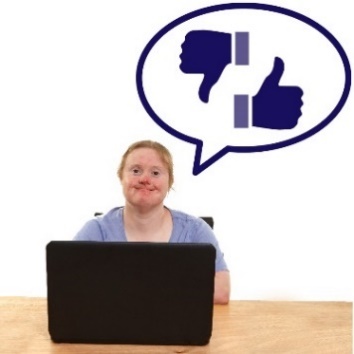 |
You can write your answers in this document and send it to us by email. |
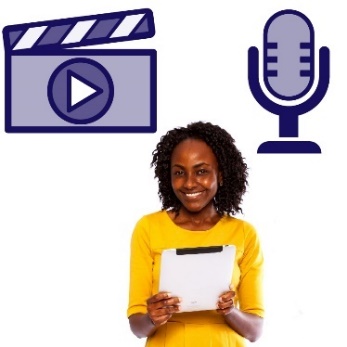 |
You can also send us a video or voice recording by email. |
 |
You can email us what you think. |
 |
You can write to us.
Australia’s Disability Strategy Governance and Engagement Section GPO Box 9820 Department of Social Services Canberra, ACT 2601 |
 |
You can tell us what you think on the DSS Engage website.
https://engage.dss.gov.au/ads‐consultations‐develop‐guide‐evaluation |
 |
Please tell us what you think before Wednesday 30 November 2022 at 11:59 pm. |
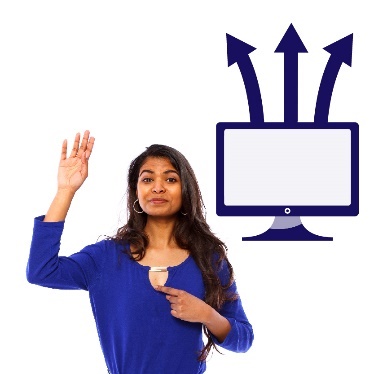 |
We want to share your answers online. |
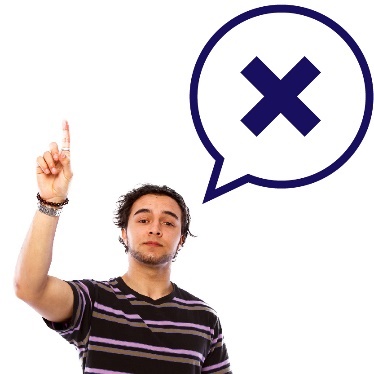 |
But if you do not want us to share your answers, please tell us. |
 |
If you have any questions about this paper, you can email us. |
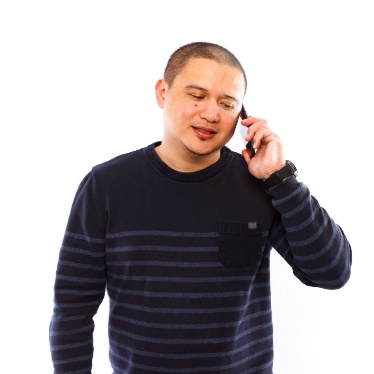 |
Or you can call us.
1800 334 505 |
The Strategy’s principles
 |
1. People should be able to make their own choices. |
 |
2. People should be safe from discrimination.
Discrimination is when you treat someone badly because of something about them they can’t change. |
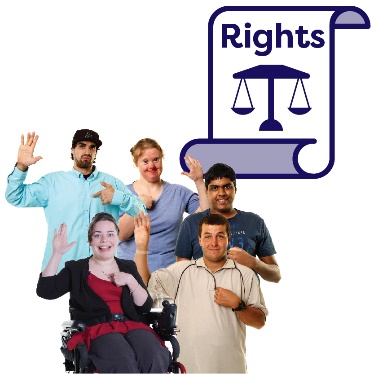 |
3. People with disability should have the same rights as anyone else to take part in the community. |
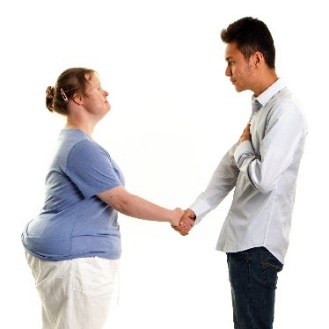 |
4. People with disability should be treated with respect. |
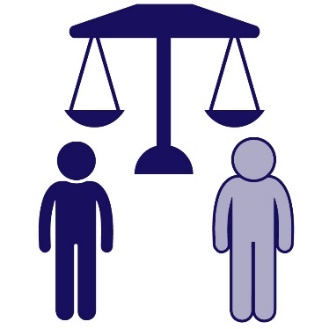 |
5. Everyone should get equal chances to do what they want to do. |
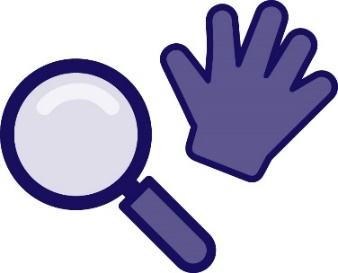 |
6. Everyone should be able to find and use the same things. |
 |
7. All people with disability should get equal chances to do what they want to do.
Even if they have different experiences. |
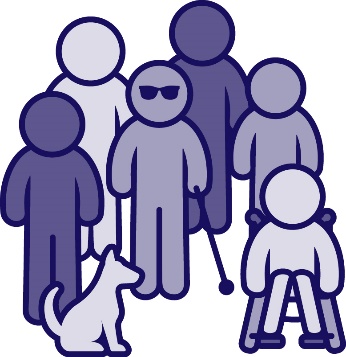 |
This includes people with different disabilities. |
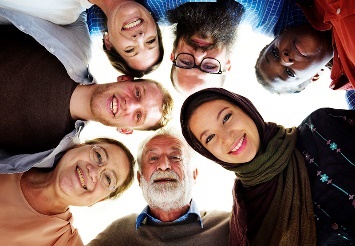 |
It also includes people from different:
|
 |
And it includes people of different genders.
Your gender is what you feel and understand about who you are as a person. It isn’t about whether your body is male or female. |
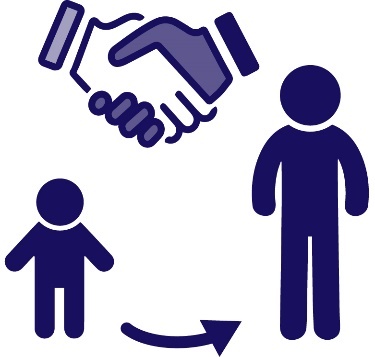 |
8. Children with disability should be treated with respect as they grow older. |
Questions for you to think about
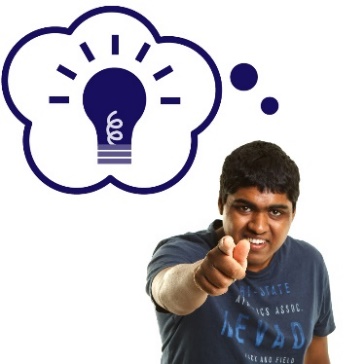 |
What do you think about our principles? |
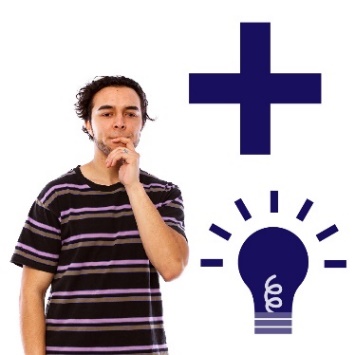 |
Are there any more principles we should include? |
[INSERT TEXT FIELD HERE]
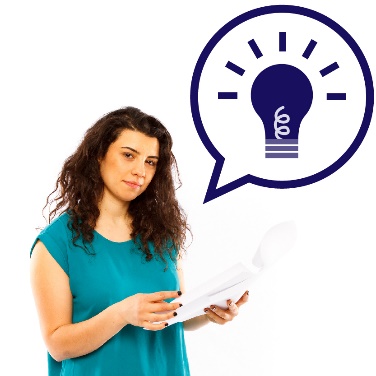 |
On the following pages, you can share what you think about each principle. |
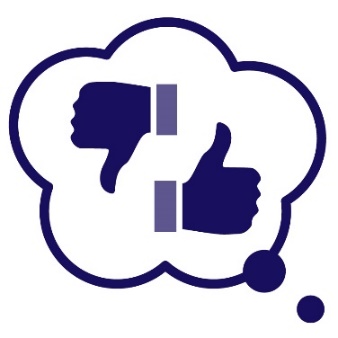 |
We want to know what you think:
|
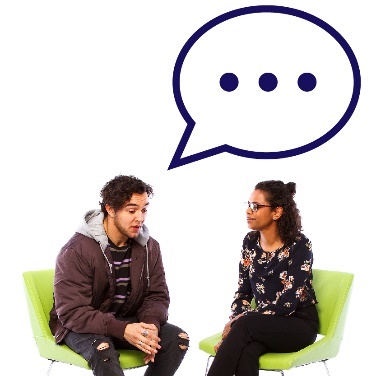 |
Please share examples and stories. |
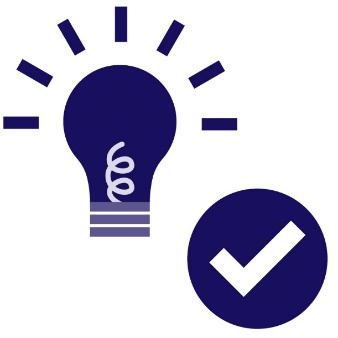 |
For example, you can tell us about a time that someone followed our principles. |
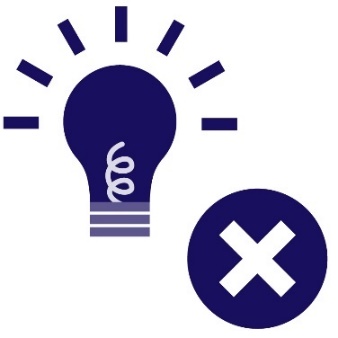 |
Or you can tell us about a time when someone didn’t follow our principles. |
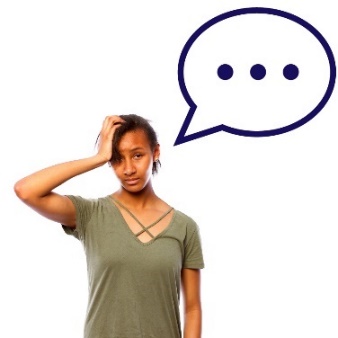 |
Sharing your stories and experiences can be hard. |
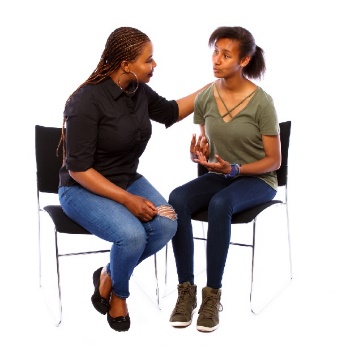 |
If you need help or support, there are services you can contact. |
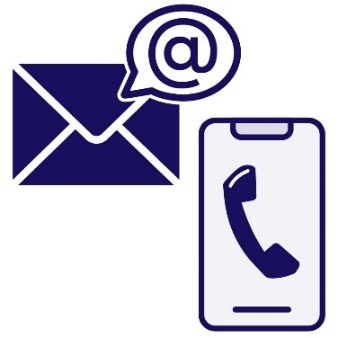 |
Their contact details are on page 25. |
Principle 1
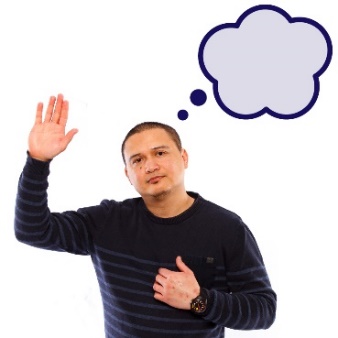 |
Principle 1: people should be able to make their own choices. |
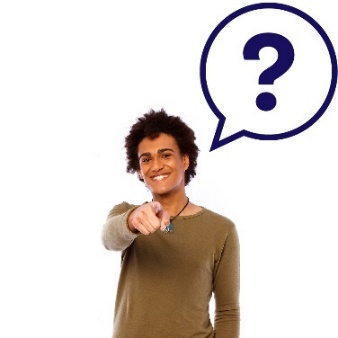 |
What do you think about principle 1?
Do you have any examples or stories to share? |
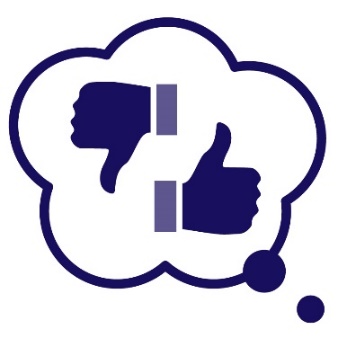 |
What do you think:
|
[INSERT TEXT FIELD HERE]
Principle 2
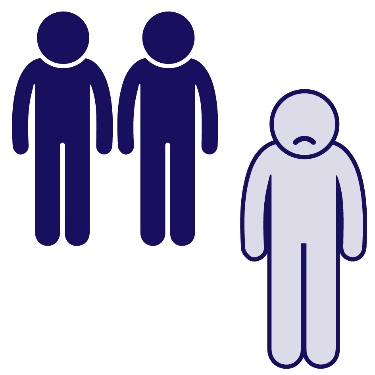 |
Principle 2: people should be safe from discrimination. |
 |
What do you think about principle 2?
Do you have examples or stories to share? What do you think:
|
[INSERT TEXT FIELD HERE]
Principle 3
 |
Principle 3: people with disability should have the same rights as anyone else to take part in the community. |
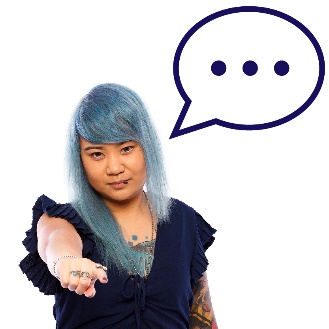 |
What do you think about principle 3?
Do you have any examples or stories to share? |
 |
What do you think:
|
[INSERT TEXT FIELD HERE]
Principle 4
 |
Principle 4: people with disability should be treated with respect. |
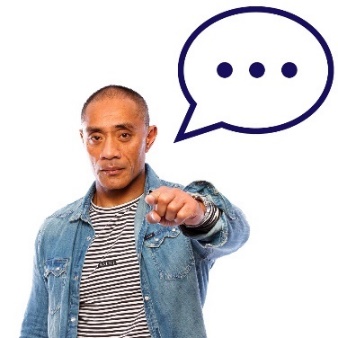 |
What do you think about principle 4?
Do you have any examples or stories to share? |
 |
What do you think:
|
[INSERT TEXT FIELD HERE]
Principle 5
 |
Principle 5: everyone should get equal chances to do what they want to do. |
 |
What do you think about principle 5?
Do you have any examples or stories to share? |
 |
What do you think:
|
[INSERT TEXT FIELD HERE]
Principle 6
 |
Principle 6: everyone should be able to find and use the same things. |
 |
What do you think about principle 6?
Do you have any examples or stories to share? |
 |
What do you think:
|
[INSERT TEXT FIELD HERE]
Principle 7
 |
Principle 7: all people with disability should get equal chances to do what they want to do.Even if they have different experiences. |
 |
What do you think about principle 7?
Do you have any examples or stories to share? |
 |
What do you think:
|
[INSERT TEXT FIELD HERE]
Principle 8
 |
Principle 8: children with disability should be treated with respect as they grow older. |
 |
What do you think about principle 8?
Do you have any examples or stories to share? |
 |
What do you think:
|
[INSERT TEXT FIELD HERE]
Support for you
Triple Zero
 |
If you are in danger now, you should call Triple Zero.
000 |
1800Respect
 |
1800Respect is a phone service for people who are hurt by someone close to them, such as:
|
 |
You can call them any time.
They are available 24 hours, 7 days a week. |
 |
1800 737 732 |
The National Disability Abuse and Neglect Hotline
 |
The National Disability Abuse and Neglect Hotline is a service for people with disability who experience:
|
 |
You can call them.
1800 880 052 |
 |
You can call them from 9 am to 7 pm, Monday to Friday. |
Lifeline
| Lifeline is a service for people at risk of suicide.
This is when someone ends their own life. |
|
 |
You can call them any time.
They are available 24 hours, 7 days a week. |
 |
13 11 14 |
Suicide Call Back Service
 |
The Suicide Call Back Service is another service that can people at risk of suicide.
This is when someone ends their own life. |
 |
You can call them any time.
They are available 24 hours, 7 days a week. |
 |
1300 659 467 |
Beyond Blue
 |
Beyond Blue is a service that can support you with your mental health. |
 |
You can call them any time.
They are available 24 hours, 7 days a week. |
 |
1300 224 636 |
MensLine
 |
MensLine is a service that can support men with family and relationship problems. |
 |
You can call them any time.
They are available 24 hours, 7 days a week. |
 |
1300 78 99 78 |
Advocates
 |
An advocate is someone who speaks up for people with disability. |
 |
They can help you:
|
 |
You can find your local advocate on the Ask Izzy website. |
Word list
This list explains what the bold words in this document mean.
 |
Discrimination
Discrimination is when you treat someone badly because of something about them they can’t change. |
 |
Genders
Your gender is what you feel and understand about who you are as a person. It isn’t about whether your body is male or female. |
 |
Guiding principles
Guiding principles are important ideas we should always think about. |
 |
Rights
Rights are rules about how everyone should be treated fairly and equally. |
 |
The Information Access Group created this Easy Read document using stock photography and custom images. The images may not be reused without permission. For any enquiries about the images, please visit www.informationaccessgroup.com. Quote job number 4964. |
